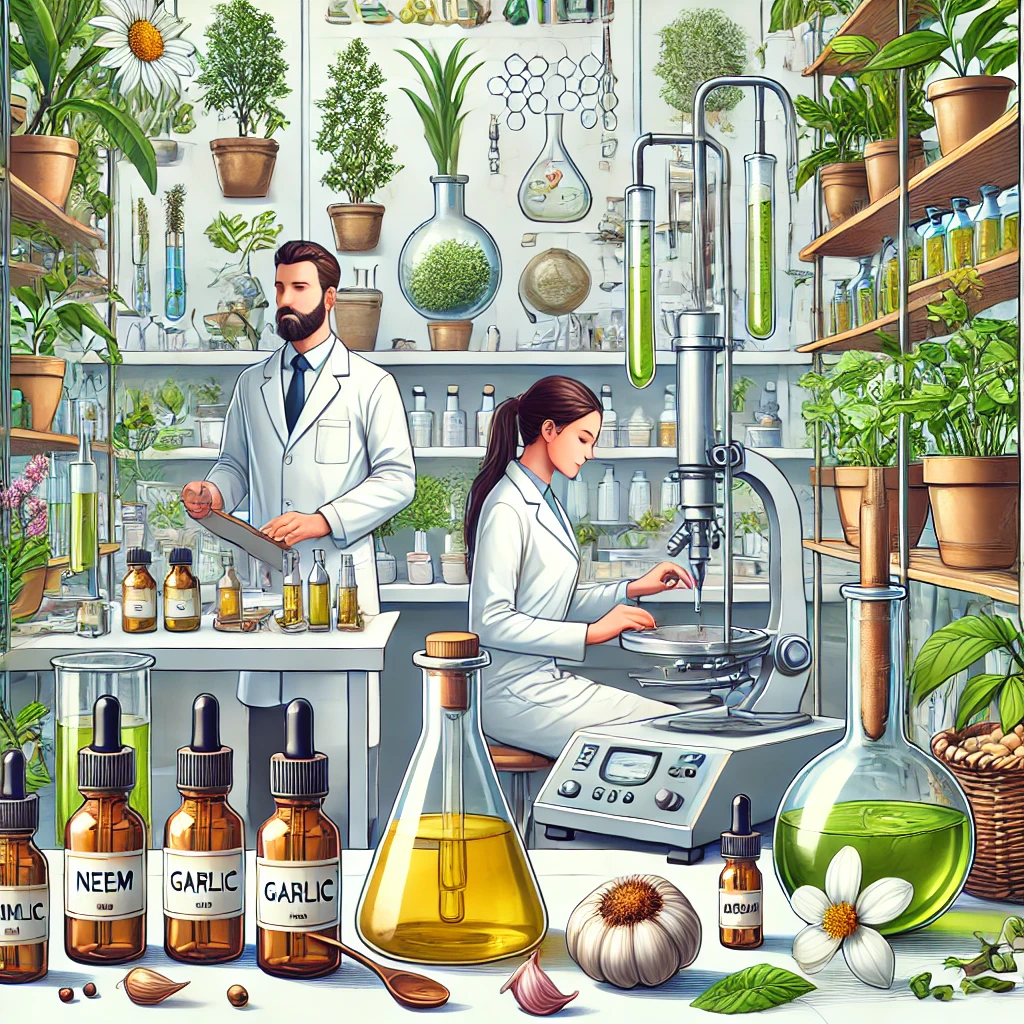Introduction to Plant Extracts in Pest Control
The use of plant extracts in pest control is gaining popularity due to their natural origins and potential environmental benefits. Plant-based pesticides offer a sustainable alternative to synthetic chemicals, leveraging the natural properties of plants to manage pest populations. This essay explores the advantages, challenges, and applications of plant extracts in pest control products.
Advantages of Plant Extracts
Plant extracts provide several advantages in pest control. Firstly, they are generally safer for humans, animals, and beneficial insects compared to synthetic pesticides. For example, neem oil, derived from the neem tree, is known for its insecticidal properties and low toxicity to non-target organisms. Additionally, plant extracts are often biodegradable, reducing environmental impact and contributing to sustainable pest management practices.
Challenges and Limitations
Despite their benefits, plant extracts face certain challenges. One major issue is the variability in effectiveness depending on the plant species, extraction method, and pest targeted. For instance, the efficacy of essential oils like eucalyptus or peppermint can vary widely, necessitating rigorous testing to ensure consistent results. Moreover, plant-based pesticides may require higher application rates or more frequent treatments compared to synthetic alternatives, impacting their practicality in large-scale operations.
Applications in Pest Control
Plant extracts are used in various pest control products, including sprays, baits, and repellents. For example, pyrethrins, derived from chrysanthemum flowers, are commonly used in insecticidal sprays. Similarly, plant extracts are incorporated into organic farming practices to manage pests without resorting to synthetic chemicals. Their application ranges from home gardens to commercial agricultural settings, reflecting their versatility and adaptability.
Integration with Other Control Methods
Plant extracts can be effectively integrated into integrated pest management (IPM) systems. By combining plant-based pesticides with other methods such as biological controls and physical barriers, pest control can be optimized. For instance, using plant extracts in conjunction with beneficial insects can enhance overall pest management strategies and reduce reliance on chemical treatments.
Future Directions and Research
Ongoing research aims to enhance the efficacy and expand the use of plant extracts in pest control. Studies focus on optimizing extraction methods, improving formulation stability, and identifying new plant sources with potent pest-repellent properties. As research advances, plant extracts may become more effective and widely adopted in pest control, offering a promising alternative to conventional methods.
Conclusion
The use of plant extracts in pest control products presents a sustainable and environmentally friendly option. While challenges remain, the advantages of safety, biodegradability, and versatility make plant-based pesticides a valuable component of modern pest management strategies. Continued research and development will further enhance their effectiveness and application in various pest control contexts.

